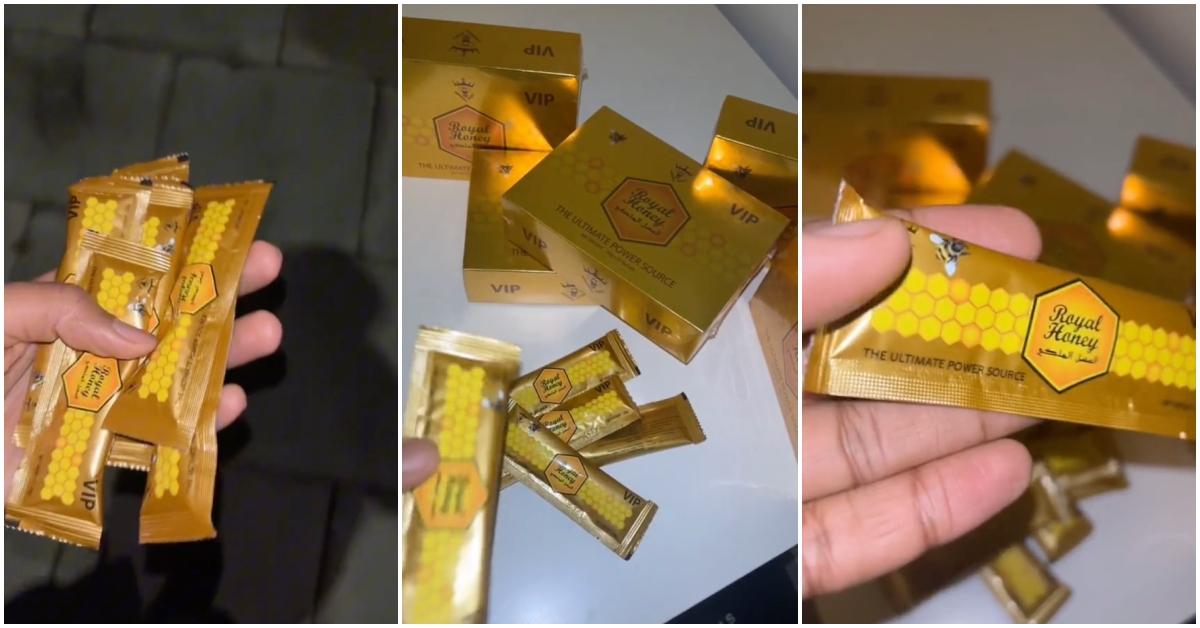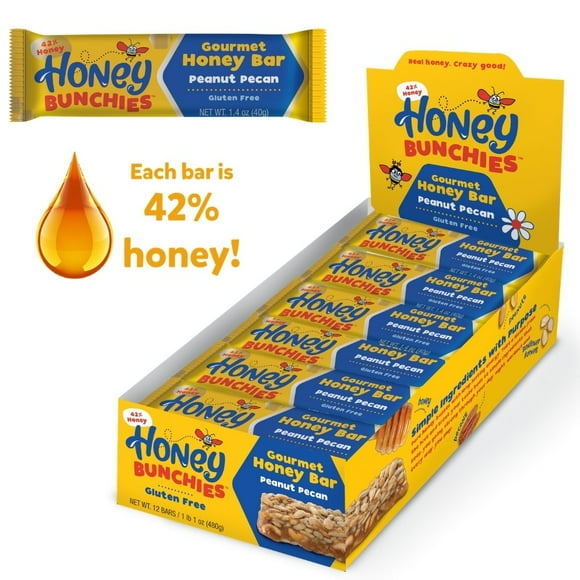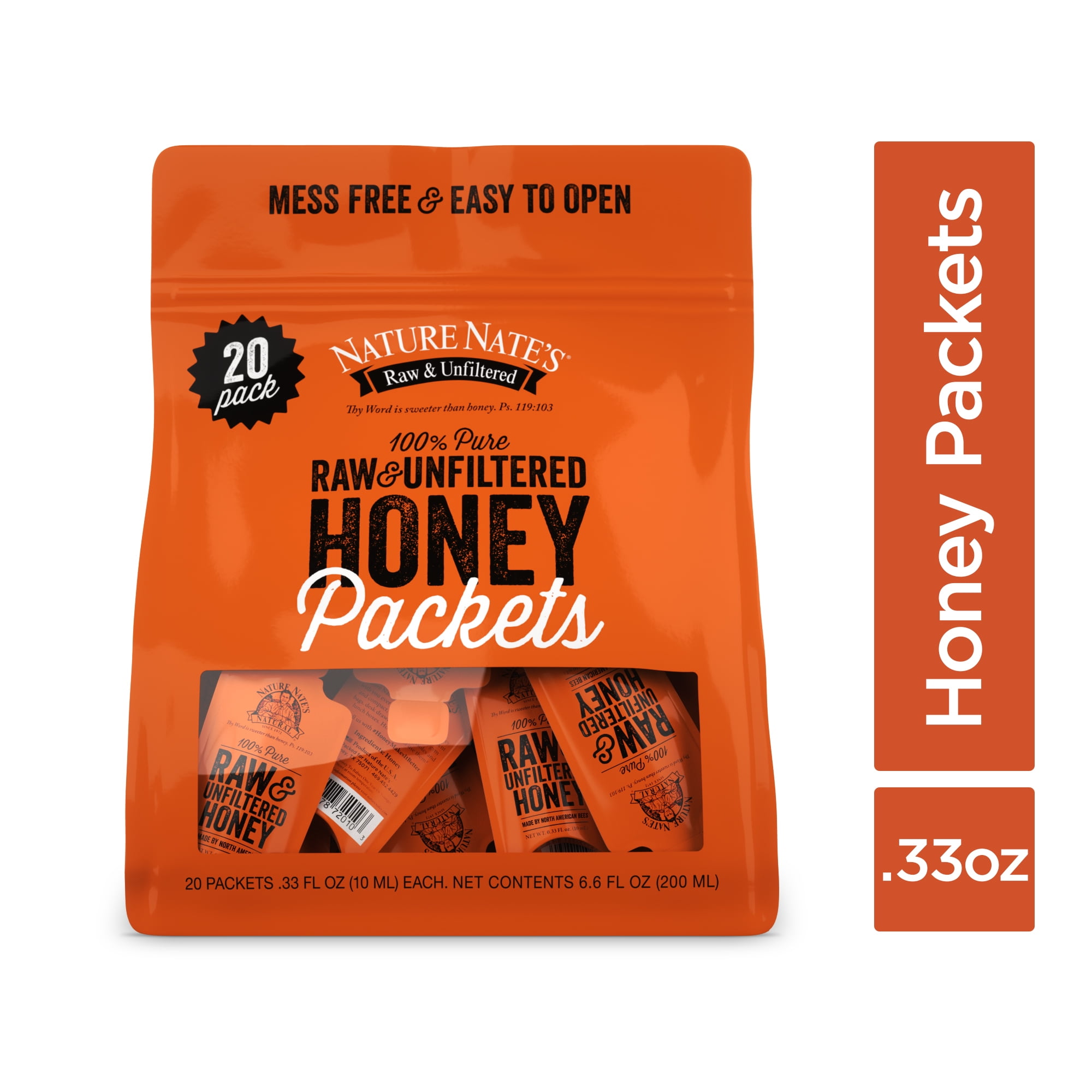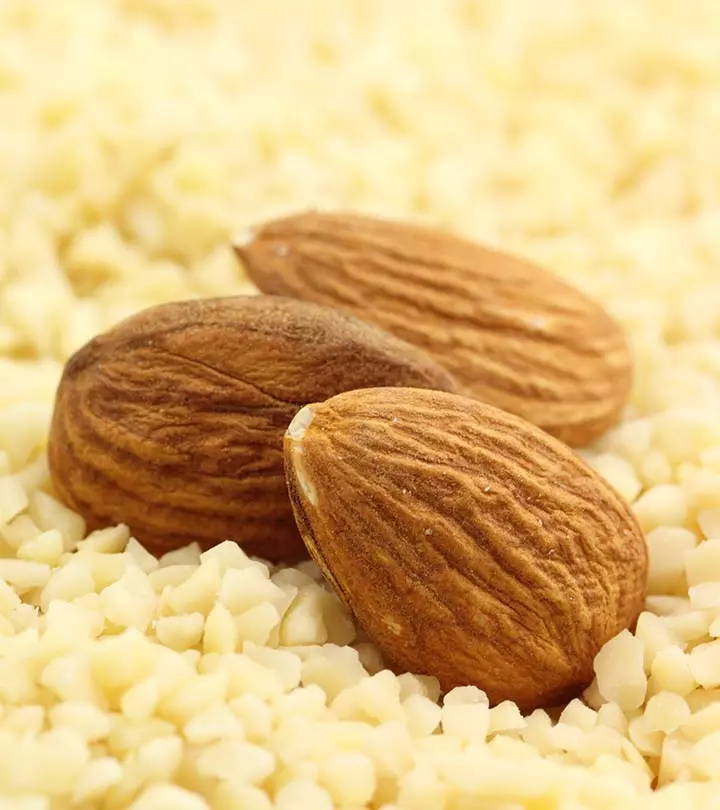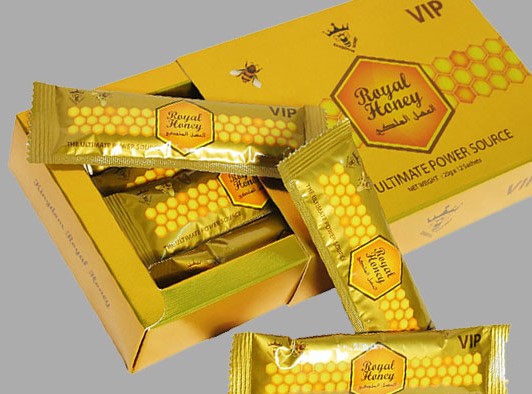How Do Honey Packs Make You Feel

The use of honey in skincare, particularly in the form of "honey packs," has gained significant traction in recent years. Proponents tout a range of benefits, from moisturizing to antimicrobial effects. But beyond the purported scientific advantages, what is the actual, subjective experience of using a honey pack? This article explores the reported sensations and perceived impacts associated with this increasingly popular skincare practice.
Understanding the reported effects requires examining both the composition of honey and anecdotal user experiences. While lab tests can identify properties like antioxidants, the individual experience of applying honey topically is more nuanced. The goal here is to synthesize available research and reports to create a clear picture of the perceived sensations and benefits.
The Sensory Experience of Honey Packs
The immediate sensory experience of applying a honey pack is often described as a combination of textures and aromas. Users frequently note a sticky, slightly heavy feeling upon application. The stickiness varies depending on the type of honey used, with some varieties being more viscous than others.
The scent is also a significant component. Raw honey, in particular, often retains a natural, floral fragrance. This aroma can be a calming and soothing aspect of the experience for many users.
Reported Skin Sensations
Beyond the initial texture and aroma, users report a variety of sensations as the honey pack sits on the skin. A common report is a feeling of slight warmth or tingling. This sensation is often attributed to the honey's enzymatic activity. However, some individuals with sensitive skin might experience a mild stinging sensation.
As the honey pack begins to dry, users frequently report a tightening sensation. This effect can be perceived as beneficial, leading to a feeling of firmer skin. But, it is important to monitor the skin's reaction to prevent over-drying or irritation.
When removing the honey pack, either by rinsing or wiping, many people describe their skin as feeling softer and smoother. There is often a perceived improvement in hydration and overall texture.
Subjective Benefits and Perceived Impacts
The benefits reported by users of honey packs extend beyond purely sensory experiences. Many incorporate honey into their skincare routines due to the perceived improvements in skin health.
One of the most commonly cited benefits is increased hydration. Honey is a natural humectant, meaning it attracts and retains moisture. Users often report that their skin feels noticeably more hydrated after using a honey pack.
Another perceived benefit is a reduction in blemishes. The antimicrobial properties of honey, particularly Manuka honey, are often cited as reasons for this effect. Anecdotal reports suggest that regular use of honey packs can help to reduce acne and promote clearer skin.
Emotional and Psychological Effects
The act of applying a honey pack can also have a positive impact on one's emotional state. The process can be seen as a form of self-care, providing a moment of relaxation and mindfulness. The natural scent and texture of the honey can also contribute to a sense of well-being.
The perceived improvement in skin health can also boost confidence. When individuals feel that their skin looks better, it can have a positive ripple effect on their overall self-esteem.
It is important to note that these emotional and psychological effects are highly subjective. What works for one person may not work for another.
Expert Opinions and Considerations
While anecdotal evidence suggests a variety of positive experiences with honey packs, it's essential to consider expert opinions and potential drawbacks. Dermatologists often acknowledge the potential benefits of honey for skincare. Dr. Sarah Johnson, a leading dermatologist, states, "Honey can be a valuable addition to a skincare routine, particularly for its moisturizing and antimicrobial properties."
However, experts also caution against potential allergic reactions. Individuals with known allergies to bees or pollen should exercise caution when using honey-based skincare products. A patch test is always recommended before applying a honey pack to the entire face.
Additionally, the quality of honey can significantly impact the experience. Raw, unprocessed honey is generally considered to be more beneficial than processed honey due to its higher concentration of enzymes and antioxidants.
Conclusion
The subjective experience of using a honey pack is multifaceted, encompassing sensory, physical, and emotional dimensions. Users report sensations ranging from warmth and tingling to tightening and softening. The perceived benefits include increased hydration, reduced blemishes, and a boost in self-confidence.
While the anecdotal evidence is compelling, it is important to approach honey packs with realistic expectations and a healthy dose of caution. Consulting with a dermatologist and conducting a patch test can help to ensure a positive and safe experience.
Ultimately, the decision to incorporate honey packs into a skincare routine is a personal one. Understanding the reported sensations and potential benefits can empower individuals to make informed choices and cultivate a skincare routine that aligns with their needs and preferences.

